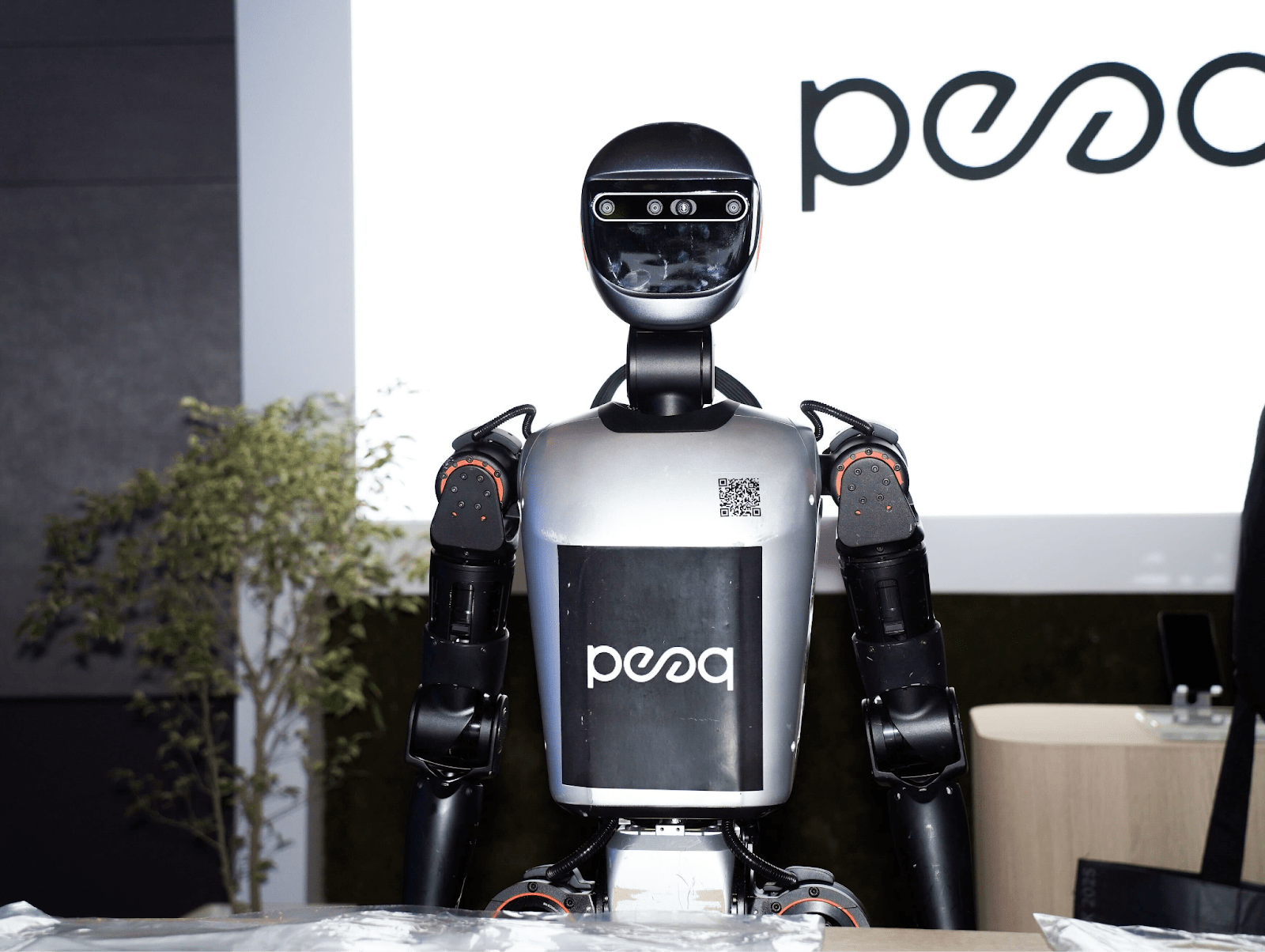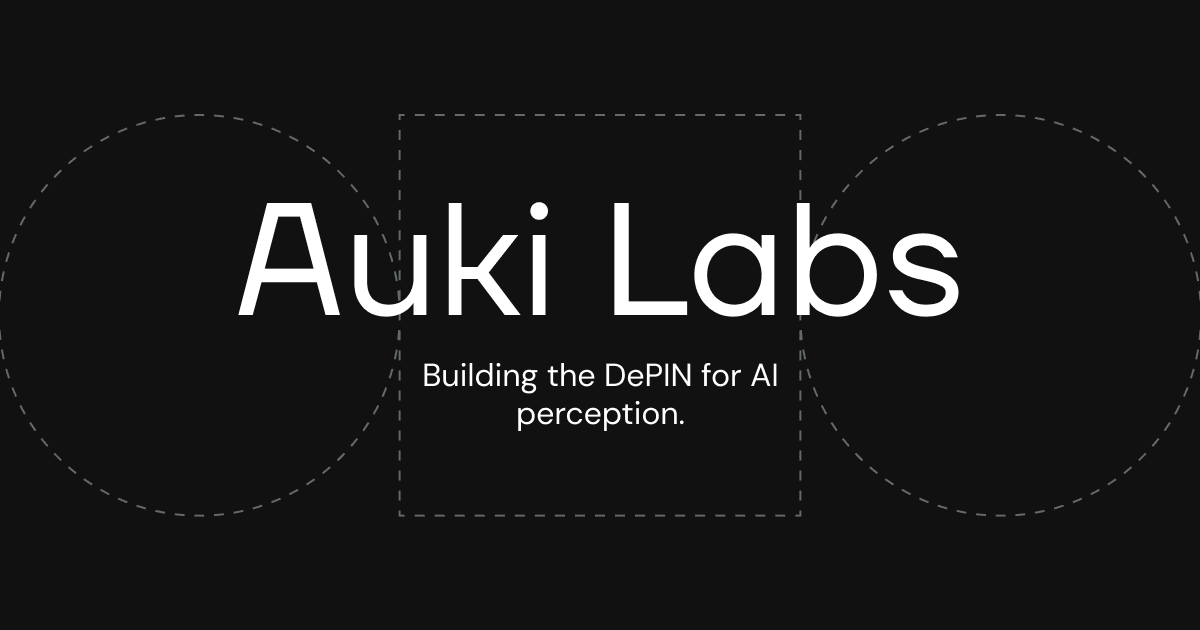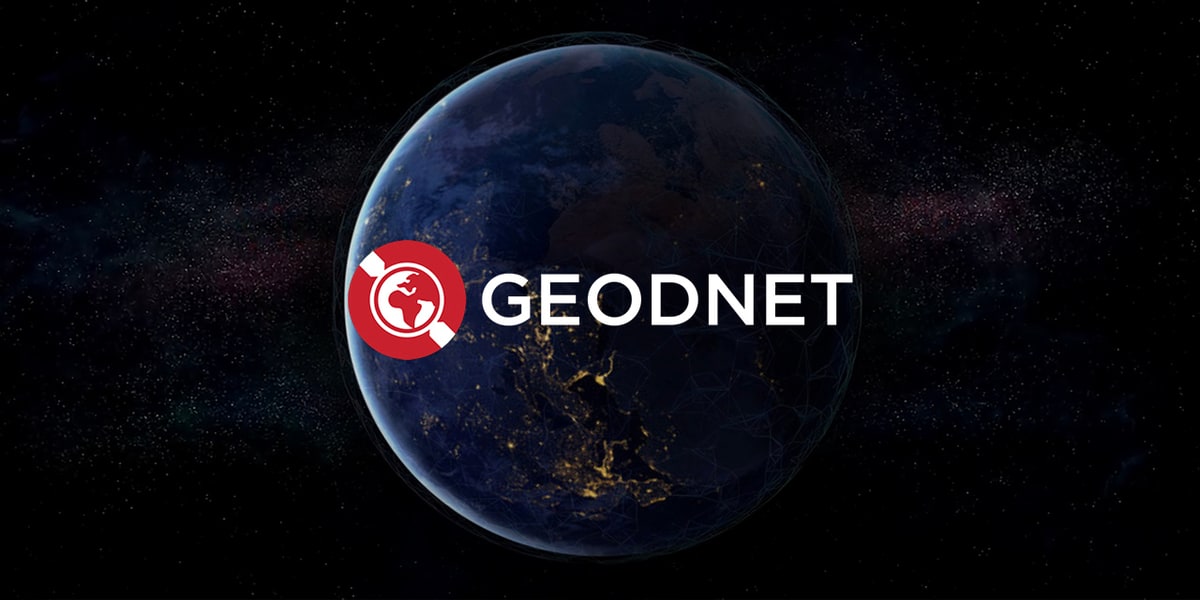Source: Castle Labs
Translation: Zhou, ChainCatcher
In the early 21st century, an interesting observation was made by a man named Ray Kurzweil.
He noticed that the pace of technological advancement was accelerating, with each new invention yielding exponential returns over time. For example, the discovery of fire led to metallurgy, which in turn facilitated the development of machines, which then led to the invention of computers, which further advanced chip technology, and so on, ultimately promoting the progress of artificial intelligence.
The creation of new technologies continues to accelerate along this path, forming a feedback loop that allows humanity to continually push into new frontiers. We gain better tools that speed up research, which in turn enables us to produce even better tools, thus accelerating the next cycle.
This has brought us to where we are today.
It seems that in the blink of an eye, we have entered a future filled with advanced artificial intelligence, self-driving cars, internet currencies enabled by cryptography, and now, robots.
This new era driven by robotics is expected to bring about a flourishing workforce, where humanoid robots will be able to perform a variety of general labor tasks. Robots do not need breaks, do not require vacations, and are significantly cheaper than humans.
Businesses are gradually realizing that they can have warehouses filled with robots that can perform these tasks at scale, and at a lower cost than humans. This is a significant breakthrough for them.
Where does cryptocurrency fit into all of this? Cryptocurrency can be integrated at three different levels: financial, coordination, and infrastructure. The next section will delve into the robotics tech stack, highlighting the most interesting projects in the crypto x robotics vertical.
Analyzing the Three Levels of the Robotics Tech Stack
Here’s how cryptocurrency integrates into the robotics tech stack:
1. Financial Layer
- Cryptocurrency introduces new financial rails that allow robots to earn and make payments in a trustless and programmatic manner.
- Robots can have crypto wallets, enabling them to receive and send micro-payments that traditional payment methods cannot facilitate. This is particularly important in an era where billions of robots will interact autonomously, as blockchain technology can support this level of interaction.
- DAOs can also raise funds through tokenization, partially funding the ownership of robots or robot fleets, opening new investment/ownership avenues for investors.
2. Coordination Layer
- Coordination is key to the efficient operation of a network of robots. You need to find ways to allocate tasks, verify work, and coordinate incentive mechanisms.
- Smart contracts will serve as the coordination logic, where work, payments, and confirmations can all be executed and verified on the blockchain.
- Governance can be used for fleet upgrades, deployment areas, pricing, etc., voted on by token holders or automatically adjudicated.
3. Infrastructure Layer
- Robots need a shared infrastructure that includes positioning systems, maps, communication networks, identity systems, and computing power. If robots are to play a significant role in society, they need maps to navigate a world designed for humans, be able to determine their location at any time, and understand how to communicate/identify each other. Cryptocurrency provides an open/decentralized way to achieve this without relying on traditional infrastructures like Google Cloud or AWS.
- Robots need a method for precise localization, and Real-Time Kinematics (RTK) technology can achieve centimeter-level accuracy using GPS. This data is crucial for autonomous movement and navigation.
- To prove their identity, each robot can have a crypto wallet where it can prove its authenticity, sign telemetry, or verify proof-of-work data, and build an on-chain reputation.
Now that we have introduced how cryptocurrency interacts with robotics, let’s see how it operates in practice and highlight some crypto x robotics projects that should be on your radar.
peaq

Many of you may already know peaq, but it’s hard not to mention them as they become the largest robot token by market cap in the current cryptocurrency landscape.
peaq is an L1 platform designed to build the pillars of the machine economy, treating machines, robots, and devices as "first-class citizens." This means that any construct (land, air, sea, or space) can build applications for it.
Machines want to build applications on peaq because these applications can turn them into autonomous economic entities capable of self-earning, coordinating, and upgrading, while developers gain access to the entire machine economy.
These machines then become participants on the local chain. There are already over 3 million machines on the peaq chain, and this number will only grow over time.

In recent months, peaq has announced:
- 1. Their robot SDK makes it easier for builders to bring their machines on-chain with autonomous sovereign IDs, allowing robots to make payments, receive payments, and verify their data.
- 2. The first tokenized robot farm providing vegetables to local communities.
- 3. The first robot to obtain autonomous identity.
peaq also offers various plug-and-play modules, so teams do not need to rebuild core tracks. Understanding this is crucial as it transforms peaq into a robotics infrastructure service provider. This is a significant unlock for developers, as they can skip infrastructure setup and go straight to product launch.
As peaq positions itself as the financial/coordinating/identity layer for machines, they have great potential to truly become a leader in this field.
These layers are essential components of the intersection of cryptocurrency and robotics, bringing financial economics to all machines, enabling them to scale according to demand without having to build these systems from scratch. If the scale of robots reaches the expected level, there will be millions of autonomous robots engaging in large-scale buying and selling and interactions.
$PEAQ currently has a market cap of about $125 million, with a price of approximately $0.09 at the time of writing. As more projects build using peaq's SDK and leverage its machine economy, they have greater room for growth in the crypto x robotics space.
Auki

Robots need to be able to interact with and navigate the world created by humans, which requires a significant amount of spatial processing power. They need to navigate corners, cross sidewalks, know when to use crosswalks, and accomplish many tasks we typically do not think about.
Auki has created something called posemesh, which they describe as "a decentralized machine perception network and collaborative spatial computing protocol designed to allow digital devices to securely and privately exchange spatial data and computing power, thereby forming a shared understanding of the physical world."
Ideally, this helps make the physical world a place for robots to search, browse, and navigate, enhancing their spatial awareness. Auki is creating something akin to a decentralized nervous system for machines.
Through posemesh, devices can request and provide sensor data, computing, storage, and various other services. With numerous data applications, hierarchies, and datasets that can be contributed, Auki supports different machine profiles that can both contribute value to the network and extract value from it.
$AUKI currently has a market cap of about $78 million, with a price of approximately $0.02 at the time of writing. Auki has just announced exclusive partnership negotiations with one of China’s largest robotics companies, potentially integrating its AR navigation technology into airlines. These are all good catalysts for future growth!
Geodnet

We mentioned RTK earlier in this report, but let’s delve into it in more detail: RTK stands for Real-Time Kinematics, a high-precision technology built on conventional GPS/GNSS foundations. It can achieve centimeter-level positioning accuracy, which is essential infrastructure for robots, drones, self-driving cars, and spatial intelligence networks.
This infrastructure enables these machines to reliably navigate, map, and coordinate in the real world. Without RTK, their positioning would drift by meters, making autonomous movement, precise tasks, and verifiable on-chain data nearly impossible.
Typically, this is accomplished using GNSS (Global Navigation Satellite System) stations and mobile stations.
A detection vehicle is a robot/drone that receives GNSS signals, estimates its position, and then applies correction data from nearby base stations to refine that estimate to centimeter-level accuracy in real-time.
Geodnet is a decentralized RTK network that incentivizes base station operators using its native token. Geodnet is recognized as the largest RTK correction provider and has even gained widespread attention in the mainstream GNSS field.
$GEOD currently has a market cap of about $42 million, with a price of approximately $0.13 at the time of writing. Just a few days ago, they opened pre-orders for handheld GNSS RTK receivers, which could serve as a catalyst for their growth.
CodecFlow

CodecFlow is a Solana-based project aimed at becoming the execution layer for robots and AI agents. Essentially, their goal is to give AI agents a sense of entity presence and the ability to act, rather than just think or speak. This will open up many possibilities, as AI agents currently have no way to perform physical tasks at scale in the real world.
To achieve this, Codec uses a Visual-Language-Action (VLA) model.
These models allow agents to:
- 1. Capture their environment through cameras or screens
- 2. Use AI models to understand what is happening
- 3. Take action through software or physical models
The Codec stack consists of two core components: Fabric and Operator Kit (OPTR).
Fabric acts like a smart router for computational power, serving as a unified orchestration layer that intelligently schedules workloads across cloud providers. It routes these workloads to the cheapest available GPU/computational power.
In this way, you can route robot agent fleets to the most cost-effective cloud providers without being locked into more expensive options.
Codec's Operator Kit is essentially a development toolkit for programming these agents in practice. It enables developers to create agents that can perceive, make decisions, and act reliably. It standardizes workflows and makes these agents more robust and scalable.
$CODEC currently has a market cap of about $13 million, with a price of approximately $0.018 at the time of writing. With the release of the Operator Toolkit in August and integration with peaq MachineDex, Codec's position in the robotics field has further strengthened.
Silencio

Sound is a sense that can provide you with more information about the surrounding world than you might imagine. Hearing car horns, sirens, or even a baby crying is an extremely rich experience.
Humans need years of learning and understanding to comprehend the sounds in everyday life; imagine creating a robot that needs to understand auditory cues—this is no easy task! For example, if you consider an automated delivery robot, it needs to be able to recognize emergency alarms, among other things.
Silencio is building this auditory layer, allowing anyone with a phone or sensor to become a node in its network. If enough sound data can be collected, these robots will gain the necessary environmental awareness and audio perception capabilities.
Silencio has successfully accumulated daily active nodes from over 180 countries, more than 1,300 years of sound data, and over 1 million contributors uploading data to the network.
$SLC currently has a market cap of about $6 million, with a price of approximately $0.0002 at the time of writing. Silencio showcased the importance of sound data for the future of robotics in its keynote speech in September, and if they can continue to solidify this advantage, they have a bright future ahead.
End or Beginning?
While this may be the conclusion of this report, it certainly does not signify the end of the robotics era, nor the end of the robotics x cryptocurrency intersection. This is still an emerging field, and over time, the world will continue to evolve in these areas.
Currently, the market cap of robotics stocks is about $112 billion, while the crypto x robotics sector has a market cap of only about $404 million, indicating ample room for growth in this track.
There are many projects we could have discussed, and numerous ways to explain robotics technology and its potential. This is a very broad topic that is rapidly expanding every day. As Kurzweil pointed out, as we move into the future, it is likely to grow exponentially.
Soon, humanoid robots walking around the house doing mundane chores will become the norm, just as seeing self-driving cars on the road is becoming increasingly common.
Click to learn about job openings at ChainCatcher
免责声明:本文章仅代表作者个人观点,不代表本平台的立场和观点。本文章仅供信息分享,不构成对任何人的任何投资建议。用户与作者之间的任何争议,与本平台无关。如网页中刊载的文章或图片涉及侵权,请提供相关的权利证明和身份证明发送邮件到support@aicoin.com,本平台相关工作人员将会进行核查。




